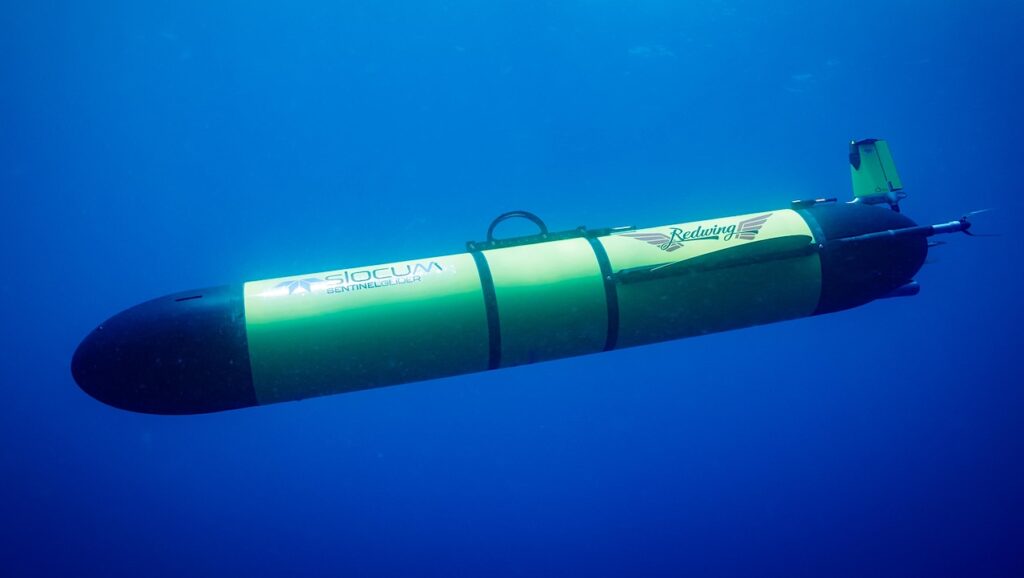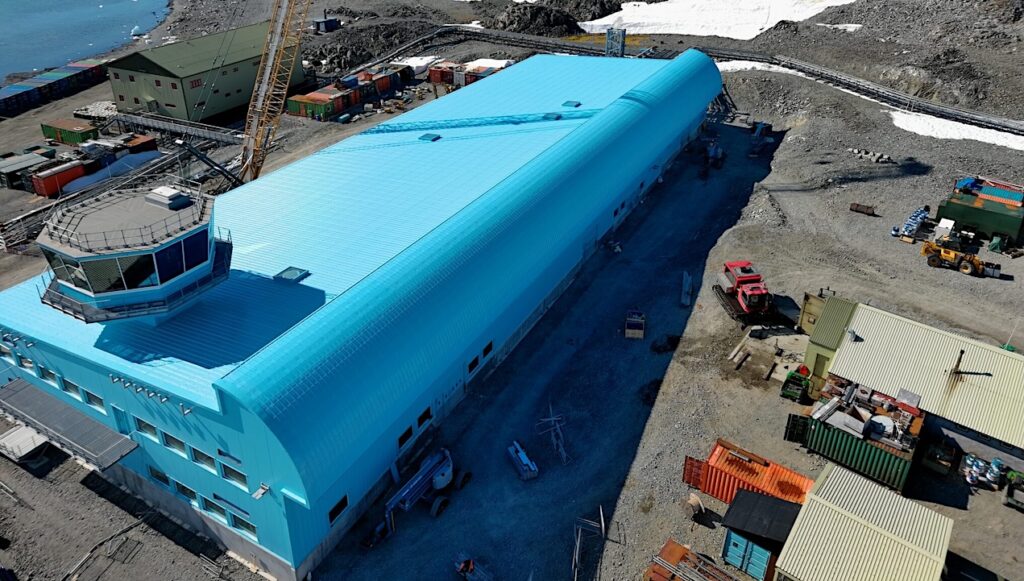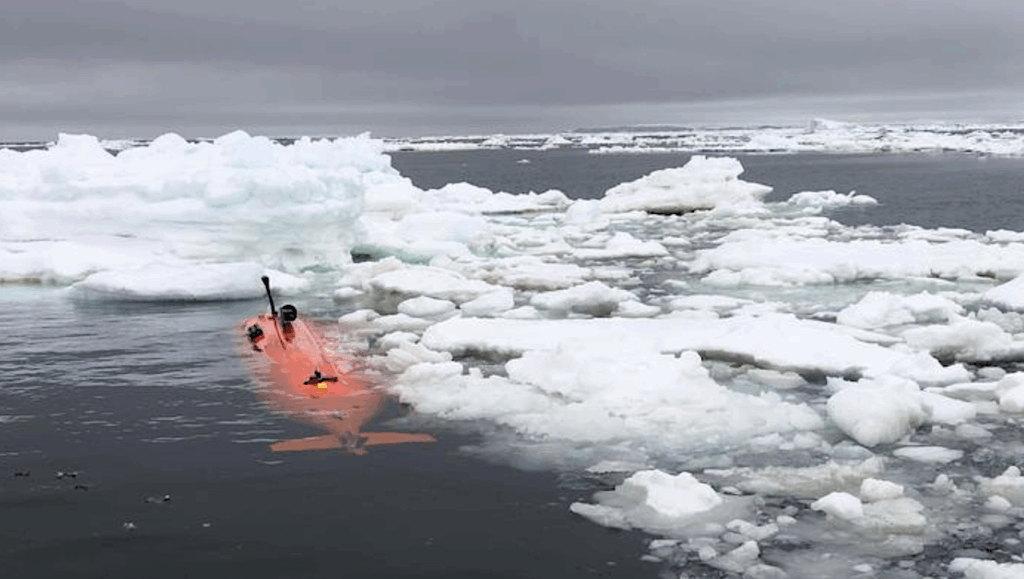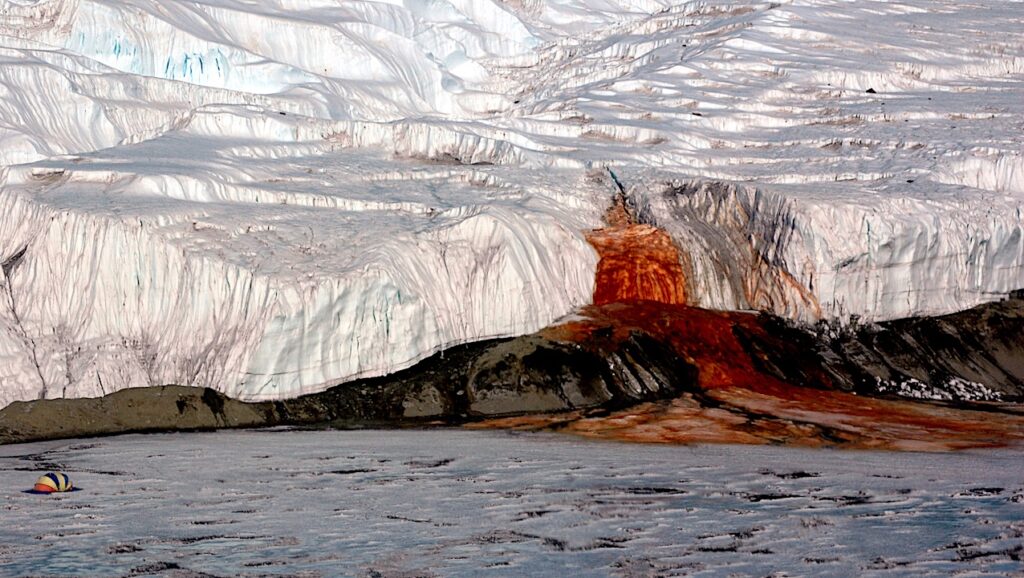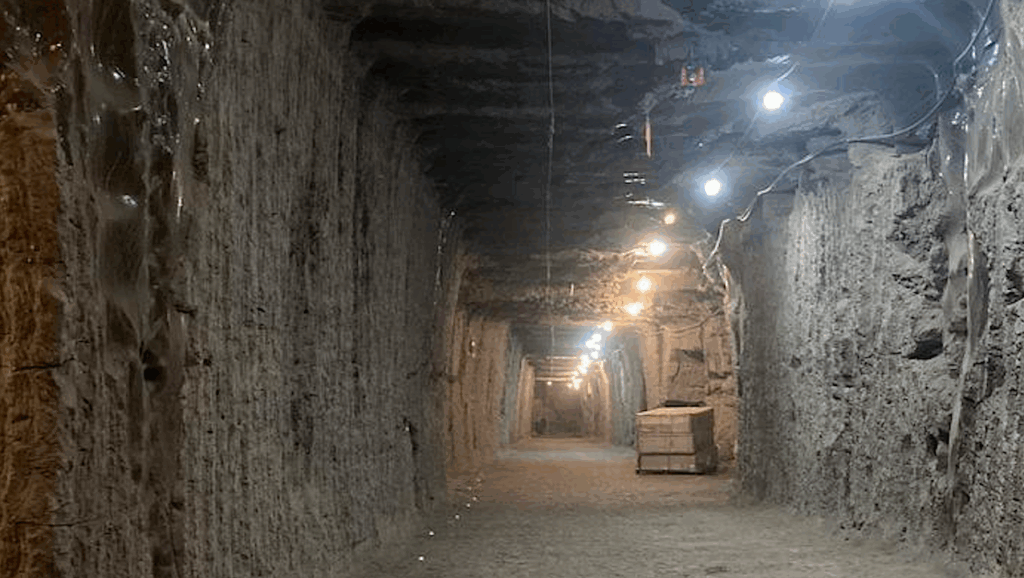Using Genomics To Trace Ice Planet History: Octopus DNA Reveals West Antarctic Ice Sheet Collapse During Last Interglacial

Genetic analyses of an Antarctic octopus show that the West Antarctic Ice Sheet (WAIS) collapsed during the Last Interglacial ~129,000 to 116,000 years ago when temperatures were only about 1 degree Celsius (°C) warmer than preindustrial levels.
The findings suggest that WAIS collapse and resultant sea-level rise could be caused by even the minimal temperature rises projected by the most optimistic climate change mitigation plans. Climate change is driving unprecedented change to Earth’s cryosphere. The West Antarctic Ice Sheet is considered particularly vulnerable to warming temperatures and may be headed towards irreversible collapse under future climate change trajectories.
The ice sheet’s tipping point may lie within the current global climate targets of 1.5 to 2 °C. Total WAIS collapse would likely have devastating global ramifications. It’s estimated that WAIS collapse alone could raise the average global sea level by roughly 3 to 5 meters. Understanding how the WAIS responded to warming climate in the past, like during the Last Interglacial period, when global sea levels were 5 to 10 meters higher and temperatures were ~0.5 to 1.5 °C warmer than preindustrial levels, could help resolve the fate of the WAIS in our rapidly warming future.
However, it remains unclear just how vulnerable the WAIS has been to rapid change in the past. Although a growing body of evidence seems to suggest that the WAIS may have collapsed during the Last Interglacial, current oceanographic and modeling studies have yielded conflicting and inconclusive results.
Here, Sally Lau and colleagues leverage a unique and unexpected dataset to address this question – the genetic history of Turquet’s octopus (Pareledone turqueti). Modern populations of the circum-Antarctic benthic octopus found in the Weddell, Amundsen and Ross Seas are geographically isolated and separated by the WAIS. Lau et al. sequenced genome-wide single nucleotide polymorphisms in 96 octopuses collected from around the Southern Ocean. Although the populations are genetically distinct, the authors discovered some signs of admixture, revealing a historical gene flow between the Ross Sea and the Weddell Sea.
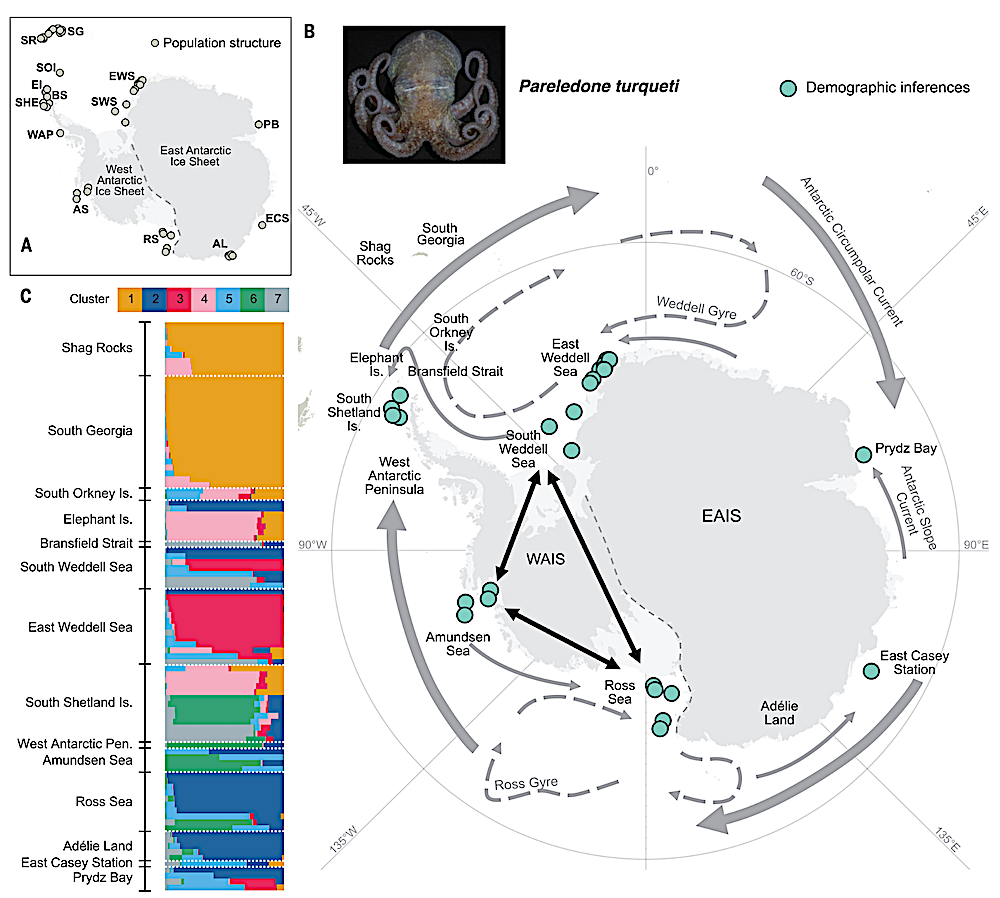
Sample locations of P. turqueti with Structure analyses. (A) Samples used for analyses of population structure. Abbreviations: Shag Rocks, SR; South Georgia, SG; South Orkney Is., SOI; Elephant Is., EI; Bransfield Strait, BS; South Shetland Is., SHE; West Antarctic Peninsula, WAP; South and East Weddell Sea, S- and E-WS, respectively; Amundsen Sea, AS; Ross Sea, RS; Adélie Land, AL; East Casey Station, ECS; Prydz Bay, PB. (B) Samples used for admixture analyses and demographic modeling (collectively demographic inferences) to test for the existence of trans–West Antarctic seaways. Map includes the directionalities of the major contemporary circumpolar currents and regional currents in the Southern Ocean. Black arrows indicate connectivity pathways through trans–West Antarctic seaways that would result from WAIS collapse. Direct connectivity between WS-AS or AS-RS would indicate partial WAIS collapse, and direct connectivity between WS-AS-RS or WS-RS would indicate complete WAIS collapse. Photo credit of P. turqueti specimen: E. M. Jorgensen Clustering analysis using Structure inferred K = 7 for P. turqueti (5188-SNP dataset). Each horizontal bar represents an individual sample, bars are grouped by geographical locations, and colors within each bar correspond to the proportion of each genetic cluster in the individual.
Moreover, demographic modeling of these populations suggests that this admixture occurred during the Last Interglacial. Lau et al. argue that these persistent and historic signals of gene flow could only be possible if the two seas were connected by an interior open waterway where the WAIS now sits grounded below sea level, suggesting complete WAIS collapse during the Last Interglacial.
“Whether or not this analysis withstands further scrutiny and the test of time, the implications of this result pose some intriguing questions, including whether this history will be repeated, given Earth’s current temperature trajectory,” write Andrea Dutton and Rob DeConto in a related Perspective.
Genomic evidence for West Antarctic Ice Sheet collapse during the Last Interglacial, Science
Astrobiology


